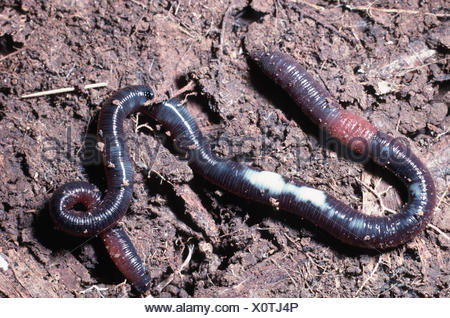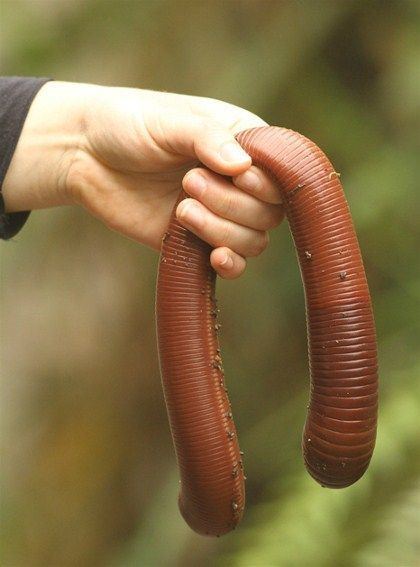

The first Giant Gippsland Earthworm Information Session and Field Day was held in September, and organizers say it was a success.Īt the event, which was hosted by a local dairy farm, a biologist discussed the history, biology, and habitat requirements of the worms. ( Learn more about sustainable agriculture.) The worms’ burrowing and feeding activity helps keep plants healthy, improve drainage, and stabilize soil structure, all of which contributes to more productive farms.įor instance, in 2013, a local organization called the South Gippsland Landcare Network was awarded a grant from the Australian government to work with local farmers to try innovative revegetation designs that help protect the soil moisture of giant Gippsland earthworm habitat. It’s a win-win: Earthworms get a home, and the farms’ soil quality is improved. To bring the worm back, the government is encouraging Gippsland farmers to create worm-friendly habitat on their land. Now, most colonies of giant Gippsland earthworms are found only under small, isolated patches of vegetation on privately owned farms, and the species is considered vulnerable to extinction by the Australian government. This slow rate of growth, also makes them a vulnerable species.The forests disappeared in the 19th century, when the first Europeans settled Australia and chopped down forests to make room for pasture and farmland. These can take up to one year to hatch, and the worms take several years to become adults, and be able to reproduce. The worms only lay a single egg, between 4-7cm in size. They have been listed a vulnerable species because of these changes.

Most of this has been cleared for farming, but the worms have continued to survive because they live deep underground. The habitat the worms used to live in was tall eucalypt forests.

They live in burrows about 500mm deep, and can burrow as deep as 1.5m. They live in small pockets of blue-grey clay close to water. They are only found in a small area, of about 100,000 hectares. The worms are found in the Bass River Valley of South Gippsland, near Korumburra and Warragul. They have a dark purple head and a blue- gray body. The average weight of a fresh adult worm is about 200 grams. It is difficult to measure length, as the worms will stretch, so scientists use weight to estimate the size. These Giant earthworms average at 100 cm long and 2 cm in diameter and can reach 3 m in length. The giant Gippsland earthworm ( Megascolides australis) is one of Australia's 1,000 native earthworm species.


 0 kommentar(er)
0 kommentar(er)
